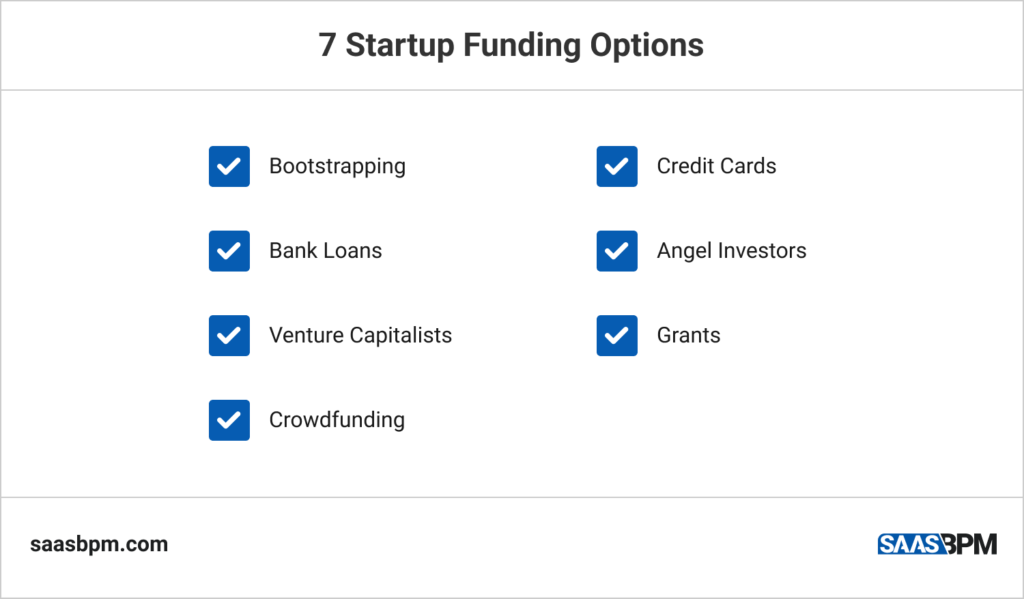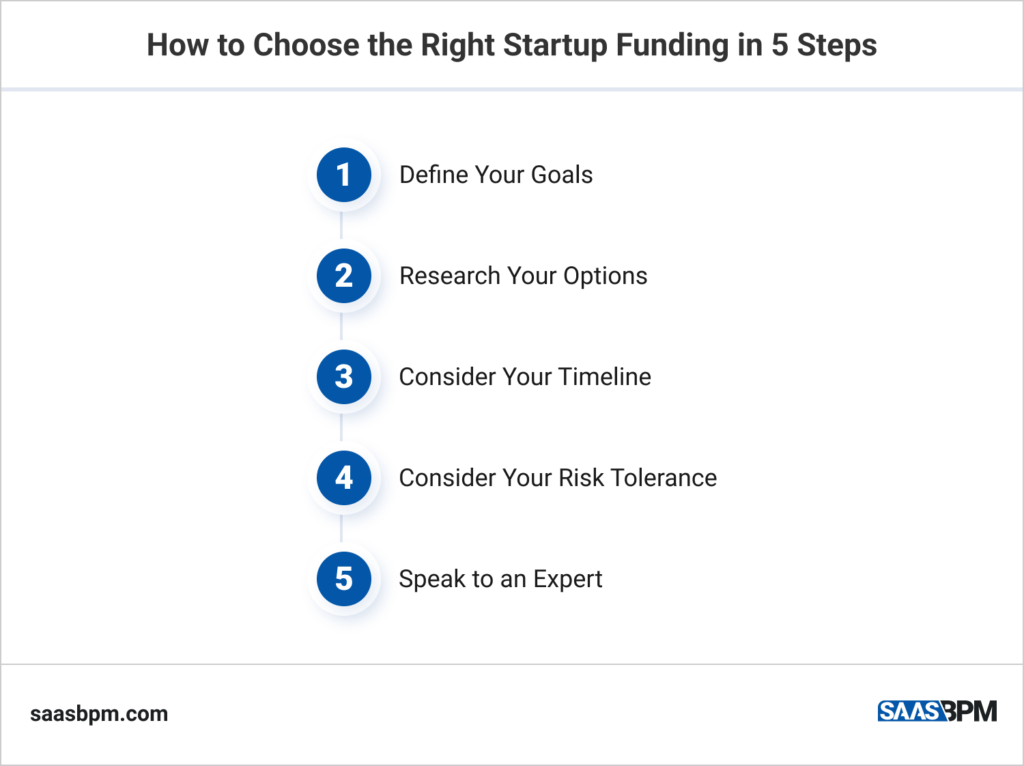Starting up a business always requires some initial capital to build from the ground up. There is a lot that comes into play – is it the right time, who is your target audience, where should you start at, and how about expanding your team? Unless you have some cash saved up to start, you need to be aware of the different startup funding stages and how to benefit most from each external funding option available. So, knowledge and preparation are key to getting a head start.
There is various startup funding out there – from personal savings, credit cards, and bank loans, to angel investors and venture capitalists. Make sure you are well informed about what each entails. This way, you’ll be able to better plan and articulate your needs to potential investors.
In this article, we’ll discuss the specifics of each of the most common startup funding options. Then, we’ll deep dive into the four main startup funding stages: early stage, seed stage, Series A stage, and Series B stage, and share some tips for going through them and making the right decisions. Let’s get started!
7 Startup Funding Options and How to Benefit From Each
Across all startup funding stages, any entrepreneur should be aware of the different finance options available. It is advisable to make clever combinations of several – this way you can make sure you are not depending on a single funding source in the essential first stages of developing your business. So, let’s take a look at 7 common options you can mix and match to suit your startup needs:

- Bootstrapping
- Credit Cards
- Bank Loans
- Angel Investors
- Venture Capitalists
- Grants
- Crowdfunding
Bootstrapping
Utilizing your own personal savings or investments is the most common way to finance a startup. Not everyone has this option available, but if you do – definitely consider it as it gives you the most control over your startup capital and what to do with it. The advantage of bootstrapping is that you don’t need to give up any equity in your company, and you retain independence.
Also, it’s worth thinking about building a passive income stream first. You could then use it to fund your startup venture instead of saving up for a while and ending up with a chunk of cash you may invest the wrong way. A steady passive income stream will guarantee you take the process step by step and think carefully before each stage of building your new business.
A possible disadvantage of bootstrapping is that you may need to cut down on your expenses, which could have a negative impact on the growth of your startup. Also, you are limited by the amount of cash you have available and need to be mindful of running out of funds too soon.
Credit Cards
Another popular option for startup funding is using credit cards. This can be a good way to finance your business in the early stages when you don’t need a large amount of money.
The benefits of startup funding with credit cards are that it’s relatively easy to be approved for a card and you can often get a grace period of several months before you start being charged interest. This gives you some time to generate revenue and pay off the debt. In addition, using a credit card can help build your business credit history.
However, credit cards usually have high interest rates, so you need to be confident you can pay off the debt within the grace period. Also, if you are not approved for a card or don’t have a good credit history, this option may not be available to you.
Bank Loans
Bank loans are another traditional method of financing a business. They usually have low-interest rates and flexible repayment terms, which can make them a good option for startup funding. However, banks are often strict when it comes to approving loans, so this might not be an option for everyone.
Angel Investors

Angel investors are usually wealthy individuals who are willing to invest in promising startups. This can be a good option if you need a large amount of money to get your business off the ground. The downside is that angel investors will often want a say in how you run your company.
Venture Capitalists
Venture capitalists are firms or individuals who invest in startups in exchange for equity. This can be a good option if you need large initial capital and are willing to give up some control over your company. The downside is that venture capitalists often have strict conditions, such as high returns on their investments.
Grants
Grants are when you receive funding from a government or private entity. This can be a good option if you are working on a project with social value. However, the downside is that grants can be difficult to obtain and often have strict conditions.
Crowdfunding
Crowdfunding is when you raise money from a large group of people, usually through an online platform. This can be a good option if you have a large network of people who are willing to support your business. However, the downside is that you will have to give up a portion of your company to the crowdfunding platform.
What Are the Main Startup Funding Stages You Should Know?
Now that we’ve looked at some of the most common startup funding options, let’s take a closer look at the four main startup funding stages.
- Early Stage
The early stage is the first stage of startup funding. This is when you are just starting to develop your business idea and need capital to get things off the ground.
- Seed Stage
The seed stage is the second stage of funding for a startup. This is when you have developed your business idea and are starting to build your product. Seed stage funding can be used to finance operations like market research, product development, and initial marketing efforts.

- Series A Stage
The Series A stage is the third stage of funding for a startup. This is when you have a developed product and are starting to generate revenue. Series A funding can be used to finance things like expanding your sales and marketing efforts, hiring new employees, and opening new office space.
- Series B Stage
The Series B stage is the fourth stage of startup funding. This is when your business is starting to scale and you are looking to raise capital to accelerate growth. Series B funding can be used to finance things like expanding into new markets, developing new products, and acquiring other companies.
How to Choose the Right Startup Funding for Your Business: 5 Easy Steps
If you’re starting a business, you know that funding is essential. But how do you choose the right type of funding for your business? Here are 5 steps to help you make the best decision for your company.

- Define Your Goals
- Research Your Options
- Consider Your Timeline
- Consider Your Risk Tolerance
- Speak to an Expert
1) Define Your Goals
The first step is to define your goals. What do you want to achieve with your business? What are your long-term objectives? Once you have a clear understanding of your goals, you can start to narrow down your funding options.
2) Research Your Options
The next step is to research your funding options. There are many different types of funding available, so it’s important to understand the pros and cons of each one. You can speak to other entrepreneurs, read articles, and attend events to learn more about the different options.
3) Consider Your Timeline
Another important factor to consider is your timeline. How soon do you need funding? If you’re looking for long-term funding, equity funding may be a better option. However, if you need short-term funding, debt financing may be a better option.
4) Consider Your Risk ToleranceAnother factor to consider is your risk tolerance. Are you willing to give up a portion of your company for funding? If so, equity funding may be a good option. However, if you’re not comfortable with this level of risk, debt financing may be a better option.
5) Speak to an Expert
If you’re still unsure about which type of funding is right for your business, speak to an expert. There are many experienced entrepreneurs, investors, and consultants who can offer advice and guidance.

Bottom Line
Choosing the right type of seed finance is crucial to the success of your new business. By understanding the different stages of startup funding, you can make informed decisions about which options are best for your business. By taking the time to define your goals, research your options, and consider your timeline and risk tolerance, you’ll be in a much better position to make a decision. And if you’re still not sure, speaking to an expert can help clear things up.

